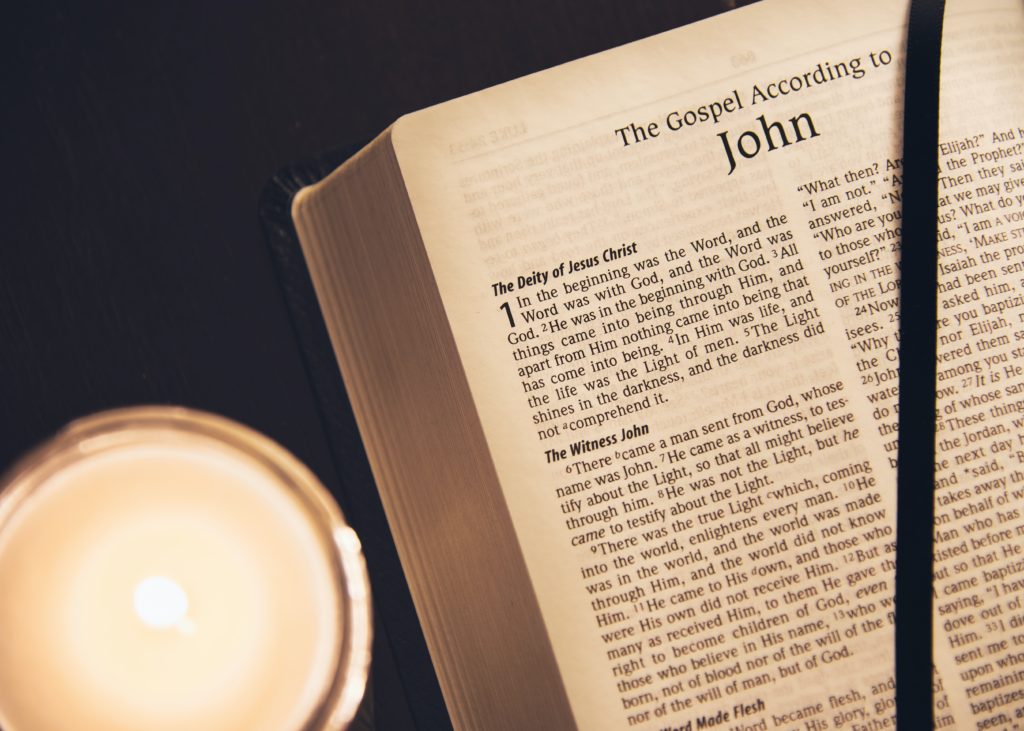My Case for Renewed Attention On the Diaconate
From the age of nine, I have wanted to be a Catholic deacon. I struggled with the restrictions placed on that role for women and non-binary people, and although I also support the ordination of people of all genders to the priesthood, because of my vocation, I have always focused my advocacy on women deacons more so. I believe there is merit in this approach, and so I offer my case for a renewed attention for women and non-binary deacons from individuals and from organizations. These are my personal views and do not represent any official position of WOC.

Women deacons will open the door to women priests and bishops.
Those who oppose the ordination of women to the diaconate are aware that once women are ordained, women priests and bishops will follow. I also believe this to be true. Deacons are an ordained order, and once women are allowed in that position, many theological reasons against women’s ordination to any position will no longer be relevant. In terms of canon law, most of the laws restricting ordination to men would need to be amended for women deacons to occur, and this would make it easier in the future for further changes to church teaching. With women as deacons and therefore members of the clergy, more women’s voices will be heard within the institutional church, with greater opportunities to spark change. Culturally, Catholics will become used to seeing women in those roles and will not be as surprised by a woman priest or bishop.
Deacons are community members
From nearly the beginning of Christianity, deacons have occupied the role of being within and representative of the community. That is why they must almost always be married, hold other jobs, and participate with community outreach. Allowing women to be ordained deacons will have the benefit of allowing women clergy to be a visible sign of women’s ordination. On a local community level, it will also allow parishes to become more comfortable with women’s ordination as a whole, as the communities are generally more closely connected with the deacons than the priests and bishops.
The goal is clear
By focusing more on women’s ordination to the diaconate the goal is clear, historically documented, and “easier” than women’s ordination to the priesthood. While we may have broad ideals as to how to transform the Catholic church, a focus on this question allows for greater support from those who may be new or resistant to the movement for women’s ordination. For example, when I wrote numerous letters to Pope Francis, I wrote about my support for women’s ordination, but I specifically focused on women’s ordination to the diaconate.
It would be a win that would boost morale.
By focusing advocacy on women’s ordination to the diaconate, it could be presumed that this would accelerate its reality. In that case, the whole of the women’s ordination movement would have its morale boosted because some of its goals would be achieved. We could look at the specific strategies we used in this advocacy that were successful, and with renewed vigor, we could use those strategies to have even greater success in the women’s ordination movement.
Women deacons are considered less radical by those with a traditionalist mindset.
Since deacons cannot perform the consecration, their ministries are considered a step down from priests and bishops in terms of the importance of their role in the mass. In the Amazon, there was much advocacy for married priests and women deacons because of practical needs of a lack of priests for large Catholic communities. If individuals viewed women’s ordination to the diaconate as more practical and less radical, they may be more amenable to its establishment, as seen by the overwhelming support from the bishops in the Amazon synod. More individuals may even join the movement, or at least be neutral towards it, which would improve the chance of it occurring.

Conclusion
I know that women deacons will not remove the inequality in the church, and more advocacy is necessary to achieve equality for all people in the church.
I also recognize the downfalls of focusing on women deacons. Many communities especially outside of the U.S. are not familiar with deacons, and of course deacons cannot perform the consecration, which is a very important part of our mass.
I believe we must continue our advocacy for people of all genders to all ordained positions. But I feel that the reasons I listed above far outweigh the drawbacks of advocating for women and non-binary deacons, and only suggest that we must advocate for both women and non-binary deacons and the ordination of all genders. We can look to see how some of our sister churches that have a diaconate (such as the Episcopal church) went about their advocacy and apply it to our own church situation.
How can we balance these parallel aims without undermining one or the other? I am aware of the tension regarding this conversation, but I think we must speak our concerns and find a path that shares everyone’s vision for this living, breathing movement every step of the way. I believe we can advocate for both the diaconate and the priesthood at the same time, and find harmony in working for these two goals. You do not have to choose between them, but can advocate for them both. We can have shared goals, and walk on one path together to achieve them. The ordination of all genders in the Catholic Church is an achievable goal: but we must find the best pathway if we want to achieve our goal as quickly as possible.

One Response
Women deacons is fine, but we really need women priests and women bishops.